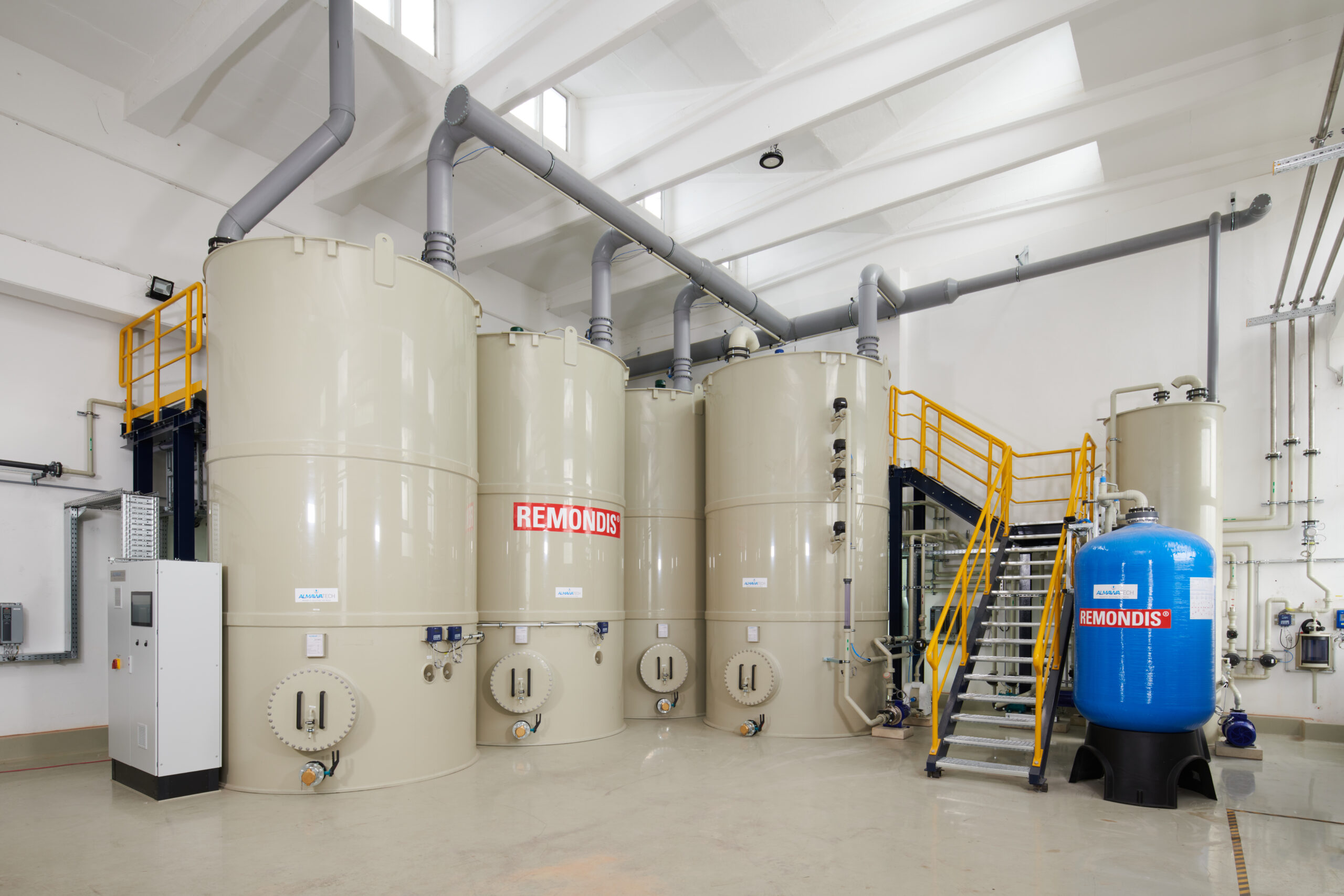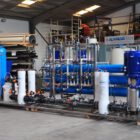The Wastewater Ordinance (AbwV) is a central legal regulation in Germany that governs the requirements for the discharge of wastewater into water bodies or the sewage system. It specifies which limit values and treatment processes must be complied with for different types of wastewater from various sectors and industries in order to ensure the protection of the environment and keep water bodies clean.
The Wastewater Ordinance is based on the Water Resources Act (WHG) and serves to implement EU directives for the protection of water resources. It defines clear requirements for the quality of wastewater that may be discharged into public waters, as well as the necessary pre-treatment measures in industrial plants.
Click here for the complete edition of the Wastewater Ordinance.
Table of contents
Structure of the Wastewater Ordinance
The Waste Water Ordinance is divided into various sections that regulate general requirements as well as specific requirements for individual industries and activities. It contains annexes that set out precise requirements for the individual industrial sectors. Each of these annexes defines the permissible limit values for pollutants that can occur in wastewater, as well as specific treatment processes that must be applied before the wastewater is discharged.
Important terms and requirements
Wastewater emissions: The ordinance regulates which pollutants and in what concentration they may enter the wastewater. This includes heavy metals, organic compounds, nitrogen and phosphorus compounds, hydrocarbons and other pollutants.
Indirect and direct dischargers: Companies that discharge their wastewater into public wastewater treatment plants are referred to as indirect dischargers. Companies that discharge their wastewater directly into rivers or lakes are direct dischargers. Both groups are subject to different regulations and requirements.
Limit values and monitoring values: Limit values that must not be exceeded are defined for each sector and for certain pollutants. These limit values relate to concentrations of substances in wastewater. Companies must monitor these regularly and prove compliance with the limit values.
Sectors and annexes of the Wastewater Ordinance
The Waste Water Ordinance contains a large number of appendices that are tailored to specific industries and sectors. Each annex defines the special requirements for the respective industry, such as the permissible pollutant concentrations and the necessary wastewater treatment processes. Here are some of the most important annexes:
Requirements for wastewater treatment plants
The Wastewater Ordinance stipulates that wastewater treatment plants in the respective industries must be designed in such a way that the legally prescribed limit values are continuously complied with. Various processes can be used, depending on the type of wastewater and the requirements specified in the ordinance:
- Mechanical treatment processes such as screening systems, sand and grease separators and sedimentation.
- Chemical-physical processes such as neutralization, precipitation and flocculation or oxidation.
- Biological processes such as the activated sludge process or the use of membrane bioreactors (MBR).

Photo: Example of a CP system for the removal of heavy metals, AOX and hydrocarbons(ALMA CHEM MCW)
Monitoring and compliance with regulations
Industrial companies are obliged to regularly analyze their wastewater and prove compliance with the prescribed limit values. This is done through self-monitoring and official inspections. Violations of the Wastewater Ordinance can result in fines or plant closures.
The ordinance also stipulates that operators of wastewater treatment plants must regularly maintain, optimize and document their plants to ensure that the limit values are permanently complied with.
Conclusion
The Wastewater Ordinance is a central set of regulations that is essential for industrial wastewater treatment. It ensures that companies treat their wastewater in such a way that it has no harmful effects on the environment. The ordinance contains specific requirements for various industries, which are regulated in detail in the respective annexes. Companies must comply with strict limit values and use modern treatment processes in order to meet the requirements of the Wastewater Ordinance.
Click here for the complete edition of the Wastewater Ordinance.








